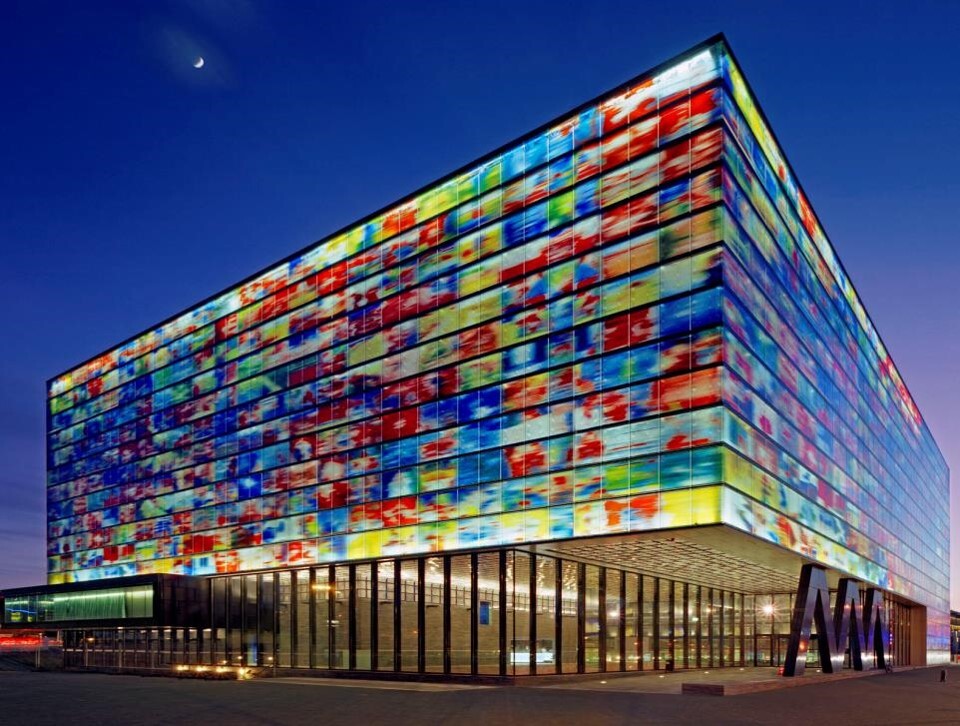
As our name suggests, we aren’t a foundation or an institute that was formed for the sole purpose of video game preservation. Rather, Sound & Vision (Beeld & Geluid) is the Netherlands national audiovisual archive, that is required by law to preserve all media that is broadcast by the public broadcasters. In our archive we house more than 1.5 million hours of media. Our primary focus is media published by the public broadcasters, on television and radio. However the last ten years we’ve been able to expand to new forms of media. So we have also begun archiving websites, web-videos, podcasts and of course, video games. We exclusively focus on media created by Dutch creators or studios or with a clear Dutch connection. We archive these media because they are part of our Dutch cultural history. Therefore it is important to preserve these games for future generations.
As you probably already know, video games adapt and evolve quickly with technological developments. At our institute we have made the conscious decision to preserve the games not just on their carriers such as discs, floppy’s, cassettes or cartridges, but rather in their digital born form. Much akin to GOG’s classic games, we think that emulation is currently the best solution to both preserve and present video games. It is a difficult choice, because as good as emulators are and have become, you will nearly always lose something in the process. Be it a startup screen, an operating system or perhaps even a hardware specific accessory that was developed to play the software in a unique game. And as much as we enjoy unique controllers, the whirring of a commodore cassette tape or using a touchscreen, we think that these carriers can never be preserved for our goal, which is to make these games accessible to researchers for eternity.
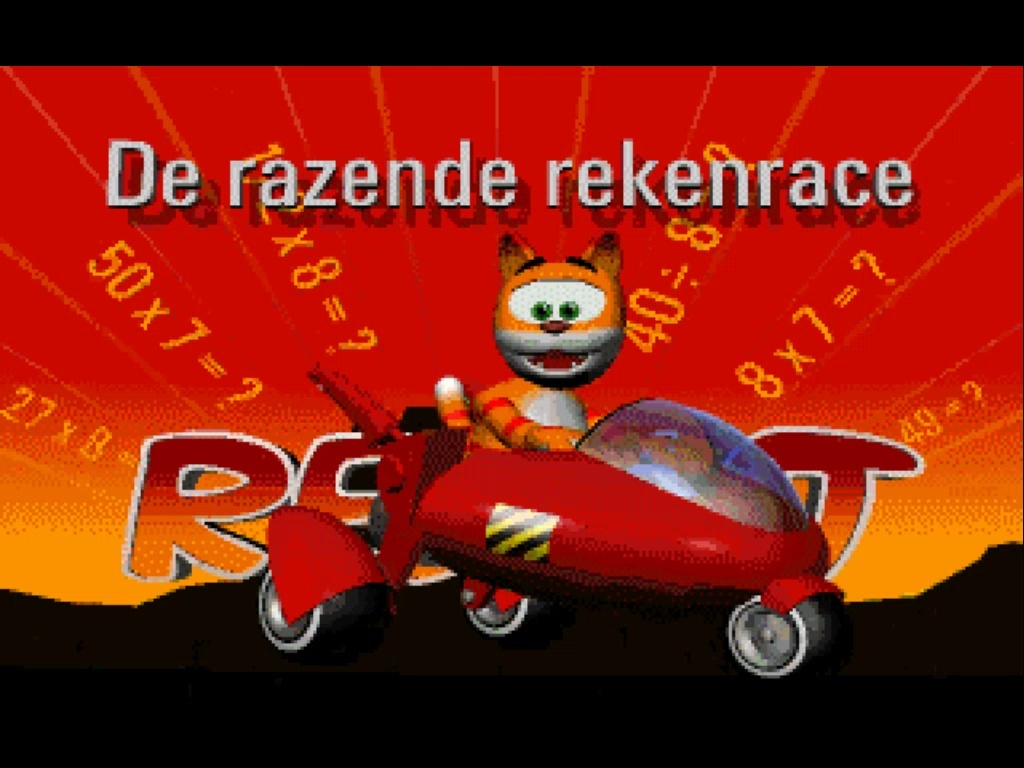
“So purchase the game via eBay and you’re done then.”, you may think. Well, not quite. We exclusively work with the rights holders of these games. Without their permission we do not add games to our archive. This is key to our approach, because it enables us to receive the rights to archive the game and make it available within the walls of our institute for among other things research purposes. Getting hold of these rights holders tends to boil down to quite a bit of detective work, especially for older titles where the rights have become unclear over time. A fun example is De Schippers van de Kameleon, an advertisement game that was used to promote a movie of the same name and made available on a mini-disc which you would get by buying a large jar of Calvé Peanut Butter. It also features promotional materials from telecom-provider T-Mobile (ODIDO) and Calvé in the game which function as power-ups. The game itself was developed by Lost Boys Interactive, who had licensed the engine from the game Grachtenracer by Davilex Games and modified it to resemble the locations and characters from the film. Lost Boys Interactive would eventually change its name to Guerrilla Games and develop the Killzone and Horizon franchises and are wholly owned by Sony Entertainment Interactive as a first-party studio. So who owns the rights? Is it Guerrilla Games? Sony Interactive Entertainment? Davilex? Unilever, the company that owns Calvé Peanut Butter? Or the telecom-provider ODIDO? Or the marketing firm that gave the assignment for this game to Lost Boys Interactive? In the end, after a lot of research we ended up getting the rights to preserve the game from Unilever and can now add De Schippers van de Kameleon to our archive.
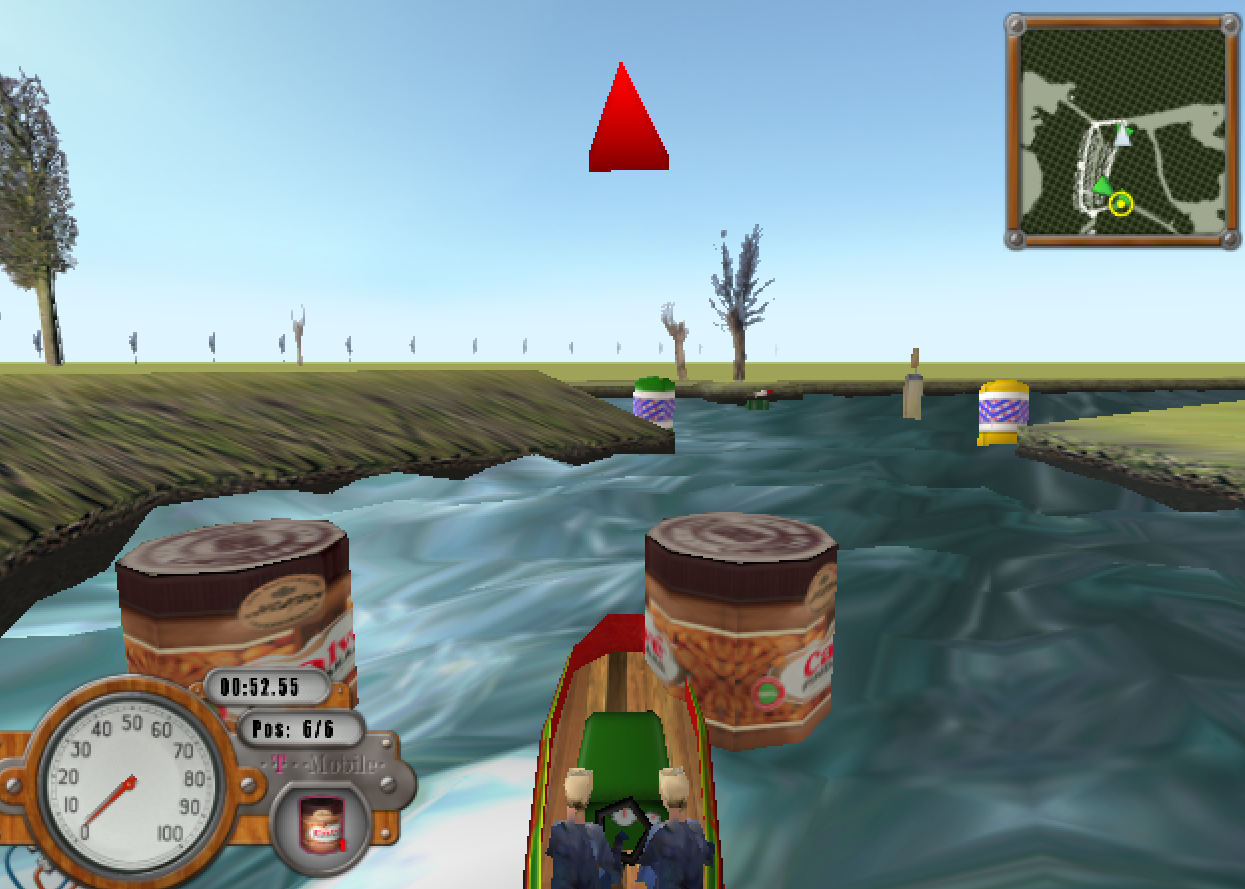
The real challenge comes in after we’re granted the rights and have received or obtained the materials from the rights holder. This is where we need to make sure that the game is presented in a playable form within the walls of our institute. We consider emulation an invaluable tool to get the games up and running, but it also means that we need to do a lot of experimentation and finetuning. Unlike well known titles such as Diablo, Roller Coaster Tycoon and Dungeon Keeper, the vast majority of games we’re trying to get to work have been rarely, if ever, documented or tried on emulation. We are not programmers, but archivists, so we rely on tools developed by others that we can integrate into the infrastructure and design of our archive. For games developed for home computers and PC, the scene has made some fantastic strides over the last few years, but newer and less notable platforms remain a challenge. This gap between the technical tools that are needed to get games to work properly and our wish as an archive to document, present and preserve them is something that we actively want to bridge.
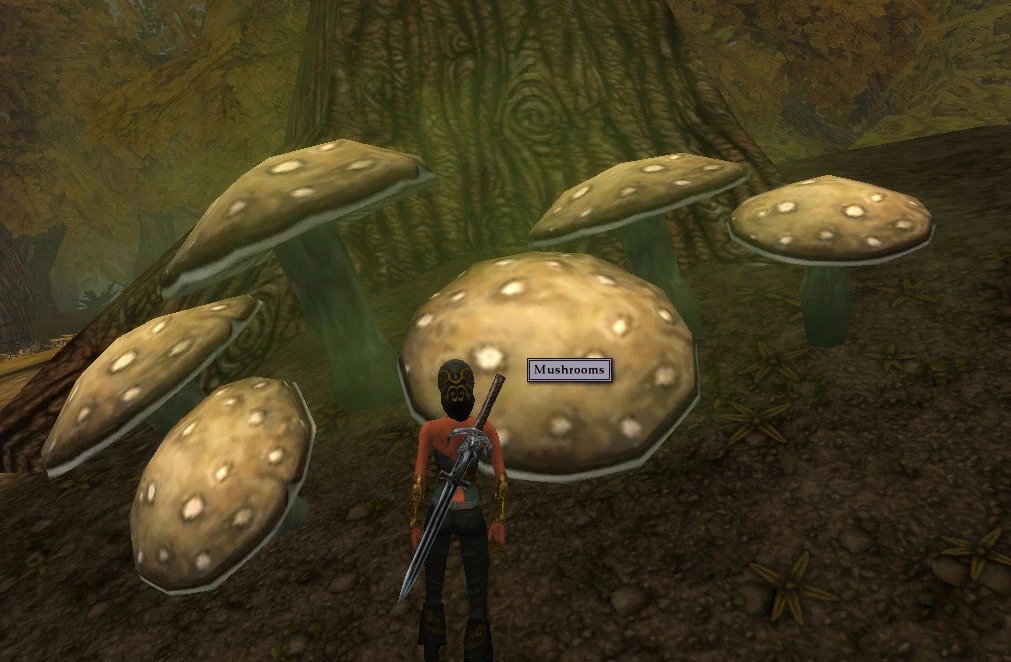
Take as an example the single MMORPG that was developed in the Netherlands: The Chronicles of Spellborn. The official servers were taken down within two years of its release, but fans have been keeping the game going on private servers. So we know that the game can still be played, but if in two hundred years we have a private server running in the institute that will only be populated by a single researcher, are we really representing the design and goals of this game? What would be the best course of action? Recording gameplay videos from groups of players? Creating a special build of the game with NPCs?And that is not even accounting for the technical performance of games that don’t rely on outside services. Complex, unpopular or recent systems means that we need to make an educated guess on the best way of being able to play these games in the far future. We are still struggling with running games for the Philips CD-i, PlayStation 3 and Xbox 360 and are dreading when we need to work on preserving games for the Xbox One (in particular Kinect), PlayStation 4 and mobile devices like iOS and Java games. This is also where we are looking for external experts who can advise us on these topics. So if you’re reading this and may be able to help us out with these platforms, feel free to reach out to us!
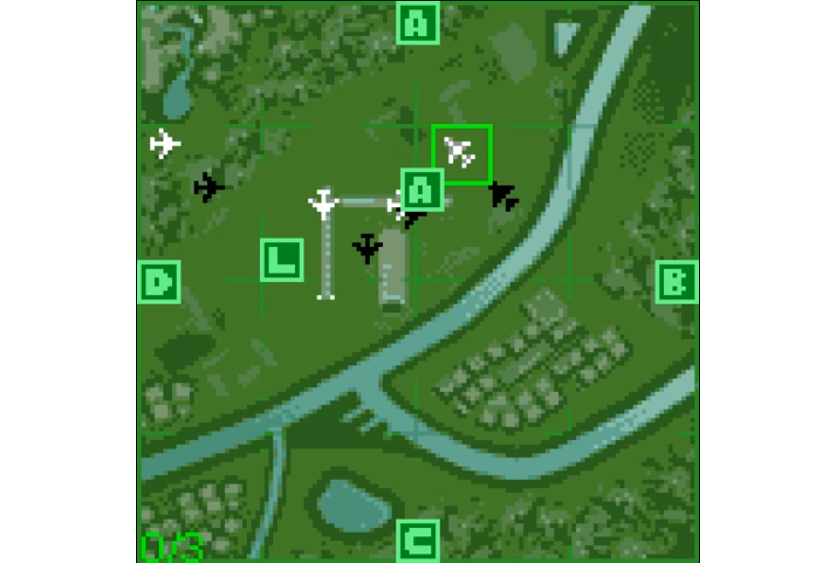
With services like GOG turning 15 years old, we’re immensely grateful that the field of games preservation is becoming something that more developers, studios and publishers are aware of. But it is also a warning that we have lost or are in the process of losing so many games. We hope that with this article you have gained a better understanding of the role that cultural institutions play in this field. We hope that our approach can foster a better understanding of the importance of games and game history on a national level. Because in the end, video games are part of our culture and are too important to be left behind. The above is our method of trying to preserve this special part of our heritage in the Netherlands. Perhaps you can help us or your own ‘local’ national institution to do the same, by sharing knowledge, stories, donating games or perhaps even your own work to a place that can safeguard and protect these works for future generations.If you wish to help us with your understanding of emulation, games-preservation or want to talk about our archival efforts you can reach us via games@beeldengeluid.nl. And of course if you’d like to learn more about our work at Sound & Vision, visit our website or come visit our institute in person in Hilversum, the Netherlands.This guest article was written by Willem Hilhorst with the help of Amy Welten and Wytze Koppelman who all work on games-preservation at Sound & Vision.
